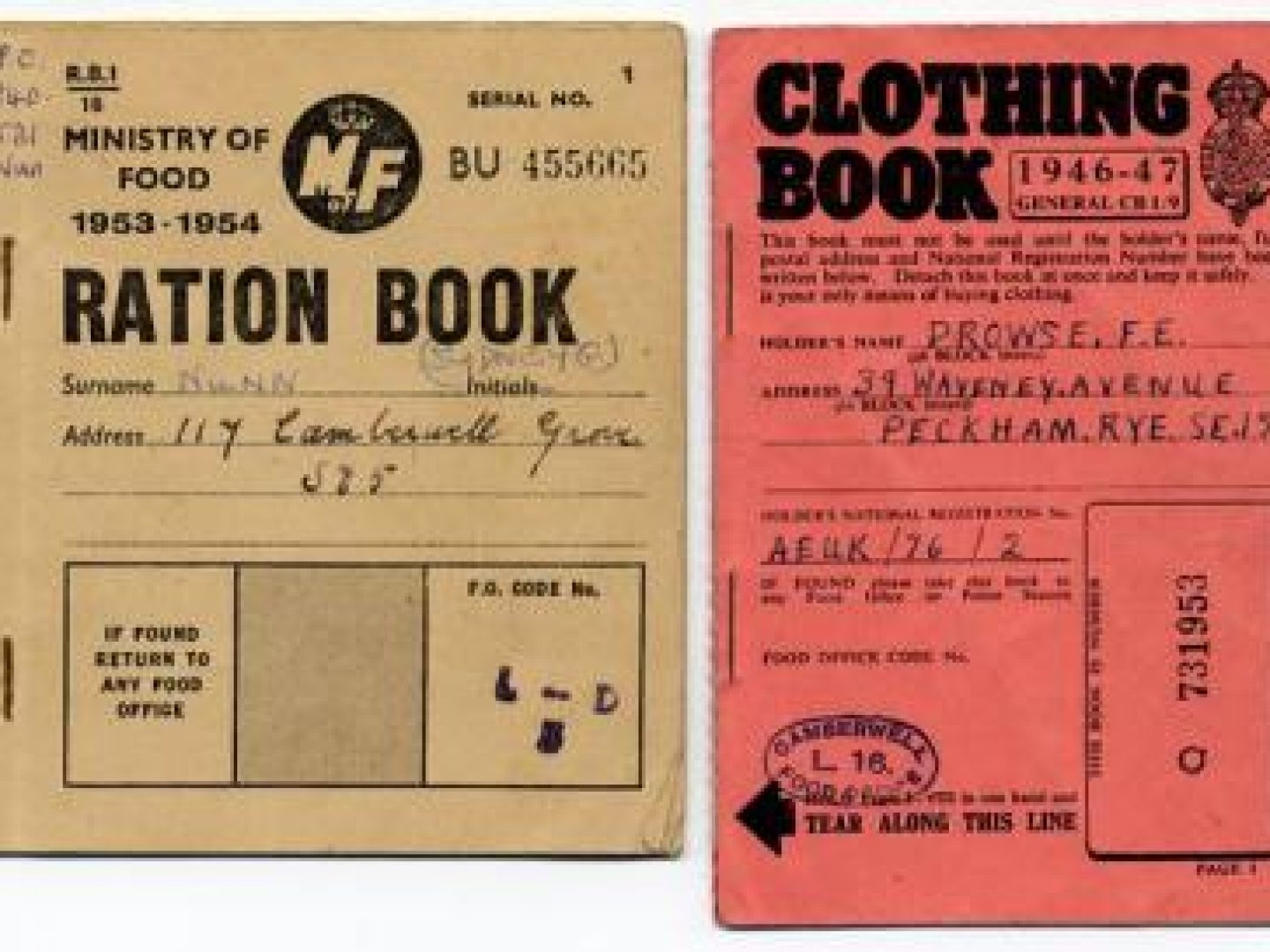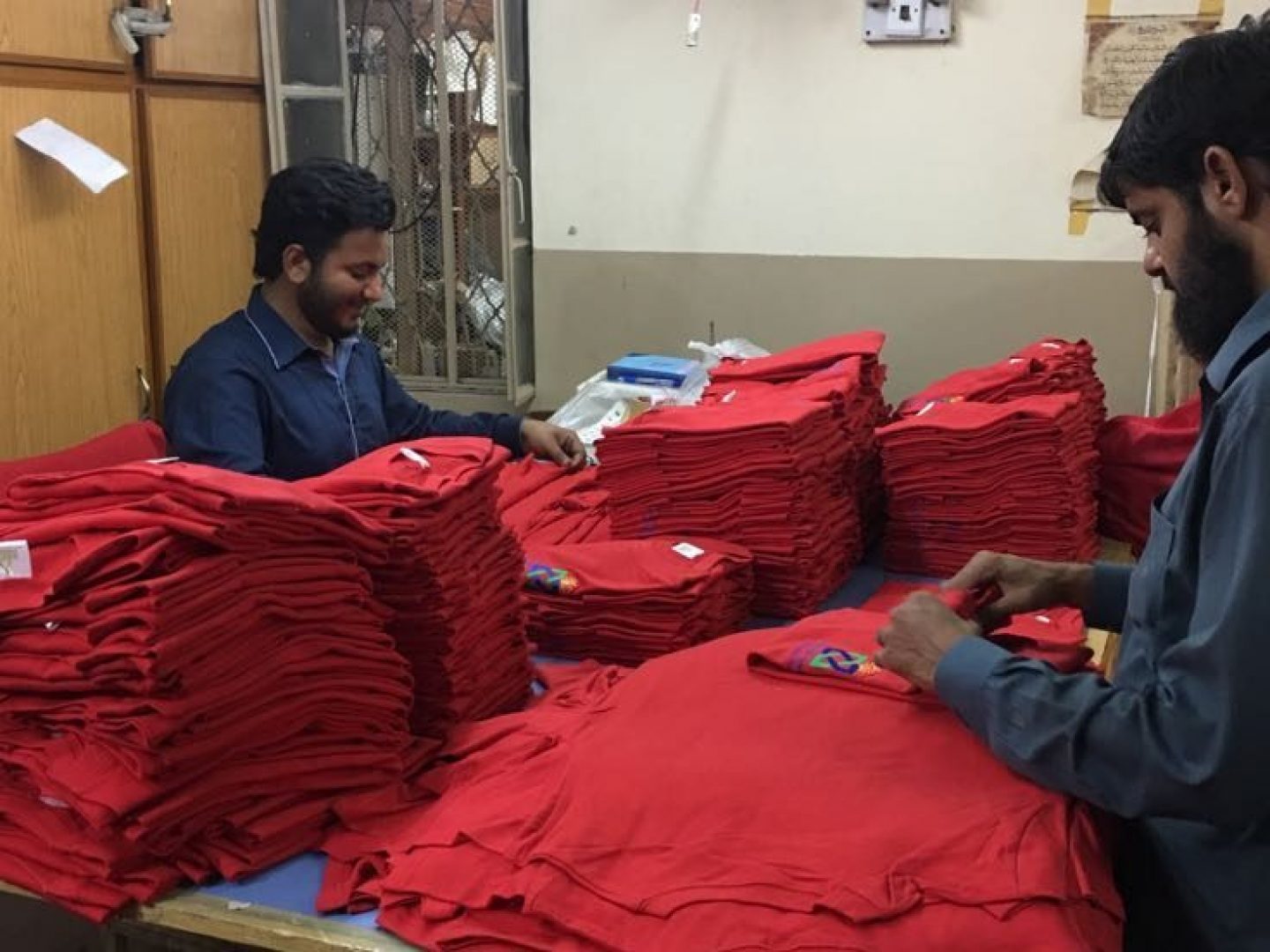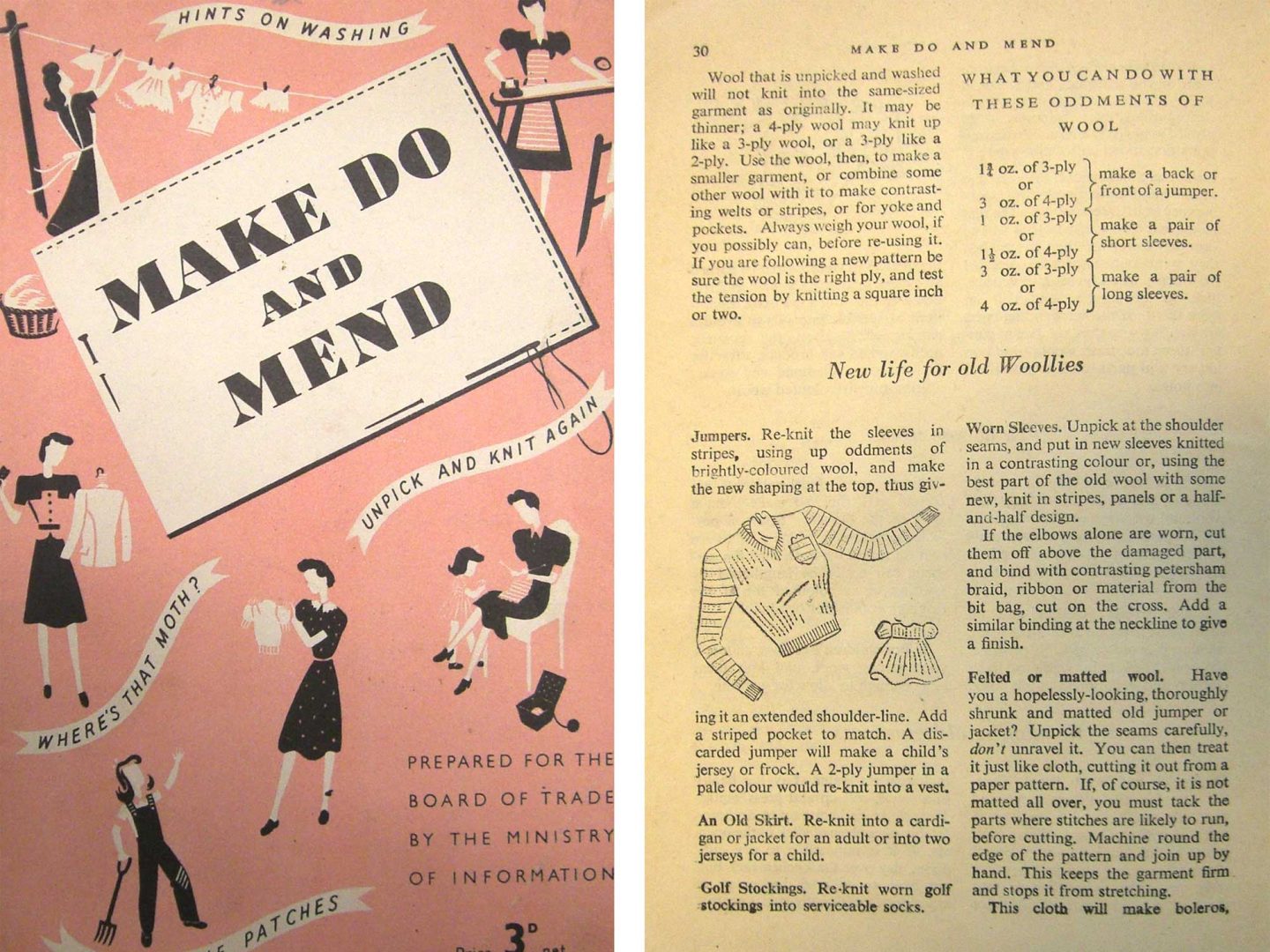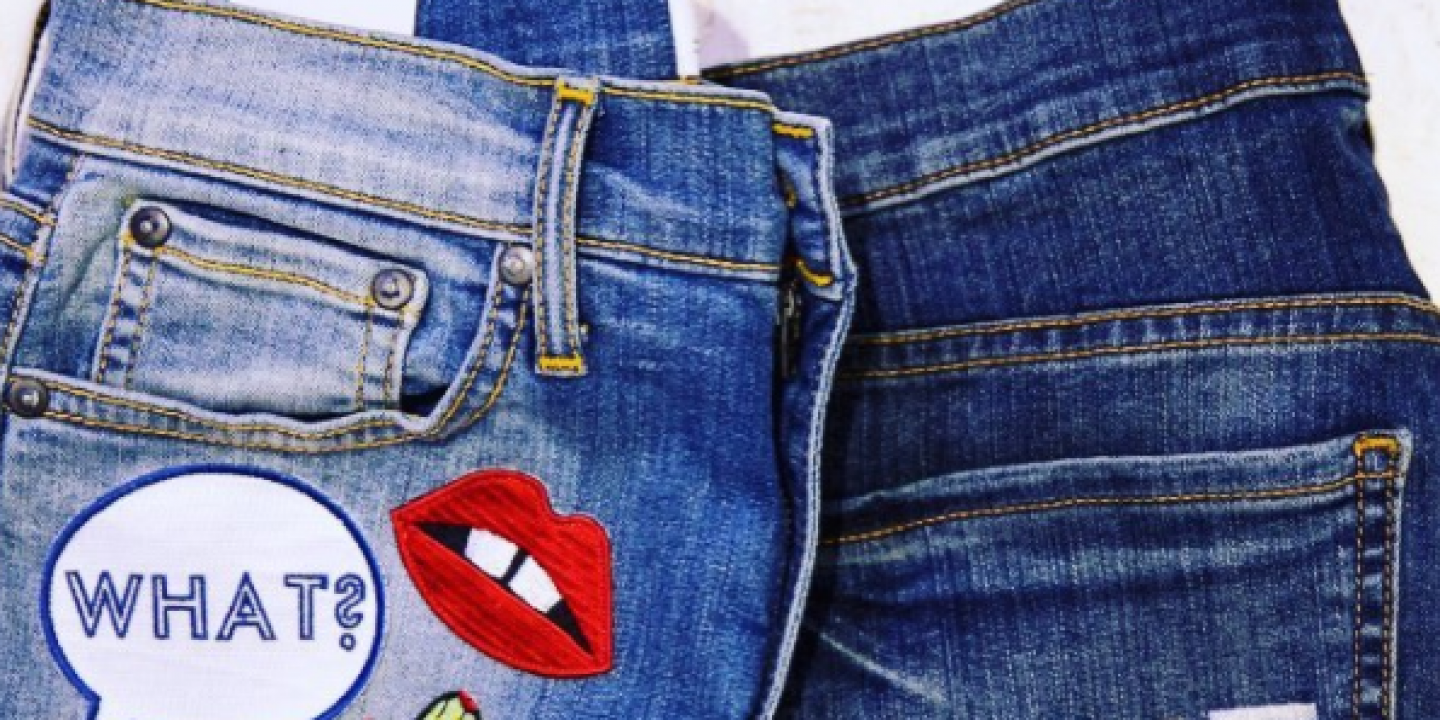

During the latter half of the Second World War, the British embraced and perfected the art of upcycling after clothing rationing was announced on 1st June 1941. Supplies of everything, including textiles were limited. The supplies which were available were used in the production of war uniforms and around a quarter of the British population were involved in the war effort and were entitled to wear some sort of uniform. This put huge pressures on Britain’s textile and clothing industries. Not only were raw fabrics limited, but the staff in the textile industry (and even the factories themselves) would be repurposed for the war effort. Subsequently, civilian clothing had to be rationed along with food, fuel and other supplies.
By 1942, children were allocated an extra 10 rationing coupons each to buy clothes, given they were still growing. However, mothers were encouraged to buy their clothes in bigger sizes so they can be taken in and then let out again gradually as the child grew. The ‘Make Do and Mend’ campaign was launched to encourage people to make their existing supplies of clothes last longer. Women at home were having to upcycle just so they could clothe their family through this time of struggle. There was a lot of advice on how to make clothes last longer; how to wash them, how to prevent moth damage to woolen materials and how to make shoes last longer.
The ability to repair, upcycle and make clothes from scratch became increasingly important as the war went on. Supplies became so scarce that women couldn’t buy the fabrics to make the families clothes and resorted to using homeware textiles, such as curtains and tablecloths to make clothes. Many women used furnishing fabrics for dressmaking until these too became unobtainable. Reusing war effort materials was popular too, blackout material was sometimes used, as well as parachute silk, which was ideal for underwear, nightclothes and wedding dresses.




A fitting and memorable example of this kind of ingenuity is shown in the 1939 film ‘Gone with the Wind’. In the film there is a scene where Scarlett O’Hara resorts to using a pair of green curtains to make her dress. She also uses the curtain tassels to tie as a belt. During the second world war women would have recognised this kind of resourcefulness.
Upcycling never went away but did resurface in a big way in the late 1980s and early 1990s when the UK was in the grip of a major recession. The public responded by embracing the idea of hand-me-down clothes. Fashion conscious teenagers wanted to express their own identity and resorted to upcycling and customising the clothes which had been handed down to them from their older relatives. The late 70s saw the vast development in large scale garment manufacturing meaning that the fashions would be very similar from store to store on the high street.
The squeeze on disposable income and the drive to express a personal style combined to create a youth culture where upcycling your mum’s old dresses into something youthful, stylish and cool was normal.
Well made hand-me-down clothes also have an inherent heirloom quality to them. And, although styles and fashions may change, the inherent value remains even after a garment has been modified. A well made classic mens suit jacket, could be upcycled into a sleek, fitted womens jacket with a dramatic silhouette. The myriad of ways someone could alter their garment could include tailoring the item, dying it, purposefully distressing and customisation with studs. Distressing and studding remains very popular to this day, but more often the garments are bought ready made with such details.
In the 21st century upcycling is increasingly an ethical choice. Consumers are concerned about vast amounts of clothing being produced in developing nations with questionable working conditions. More and more people appreciate the environmental damage done by a fast fashion culture; the massive consumption of water in producing cotton and the polluting effects of distressing denim. These two factors, ethical and environmental, combine with an increased focus on unisex fashion, clothes can increasingly be easily upcycled from menswear to womenswear and vice-versa. In the 21st century upcycling is often a moral choice for those who can afford clothing and an economic choice for those who can’t.
If you feel inspired to upcycle here are our three top tips to get you started:
✰ Use a domestic sewing machine to tailor to a piece from a male fitted garment to a female fit, turn old jeans into new shorts or turn a winter jacket into a spring gilet. If you aren’t confident with a domestic sewing machine you can take items to a local tailors who will be happy to help you out.
✰ Dress up a plain piece with the addition of embroidery. Here at Hand & Lock, we have loads of embroidery options you can choose from. Add your name to your garment or bring us a design and see it realised in hand or machine embroidery. Or even add studding, rips or eyelets to a garment and release your inner punk.
✰ Don’t be afraid to embrace colour. Modern machine friendly fabric dyes can transform a washed out item and give it a brand new lease of life. Stubborn stains vanish under blacks and greying whites are reborn as bold pinks.
“Buy less. Choose well. Make it last. Quality, not quantity. Everybody’s buying far too many clothes.”

